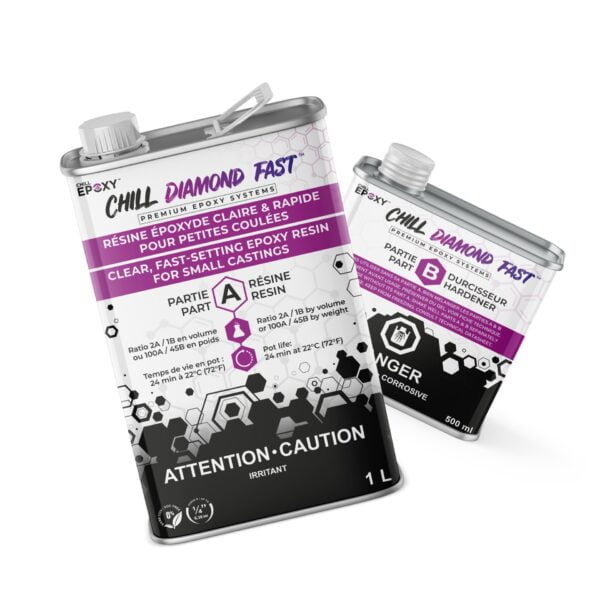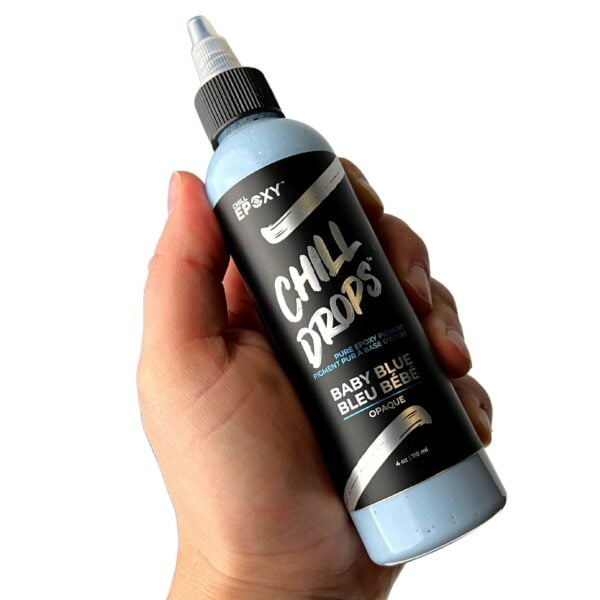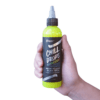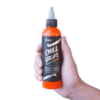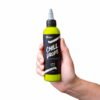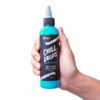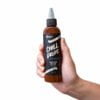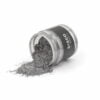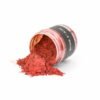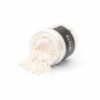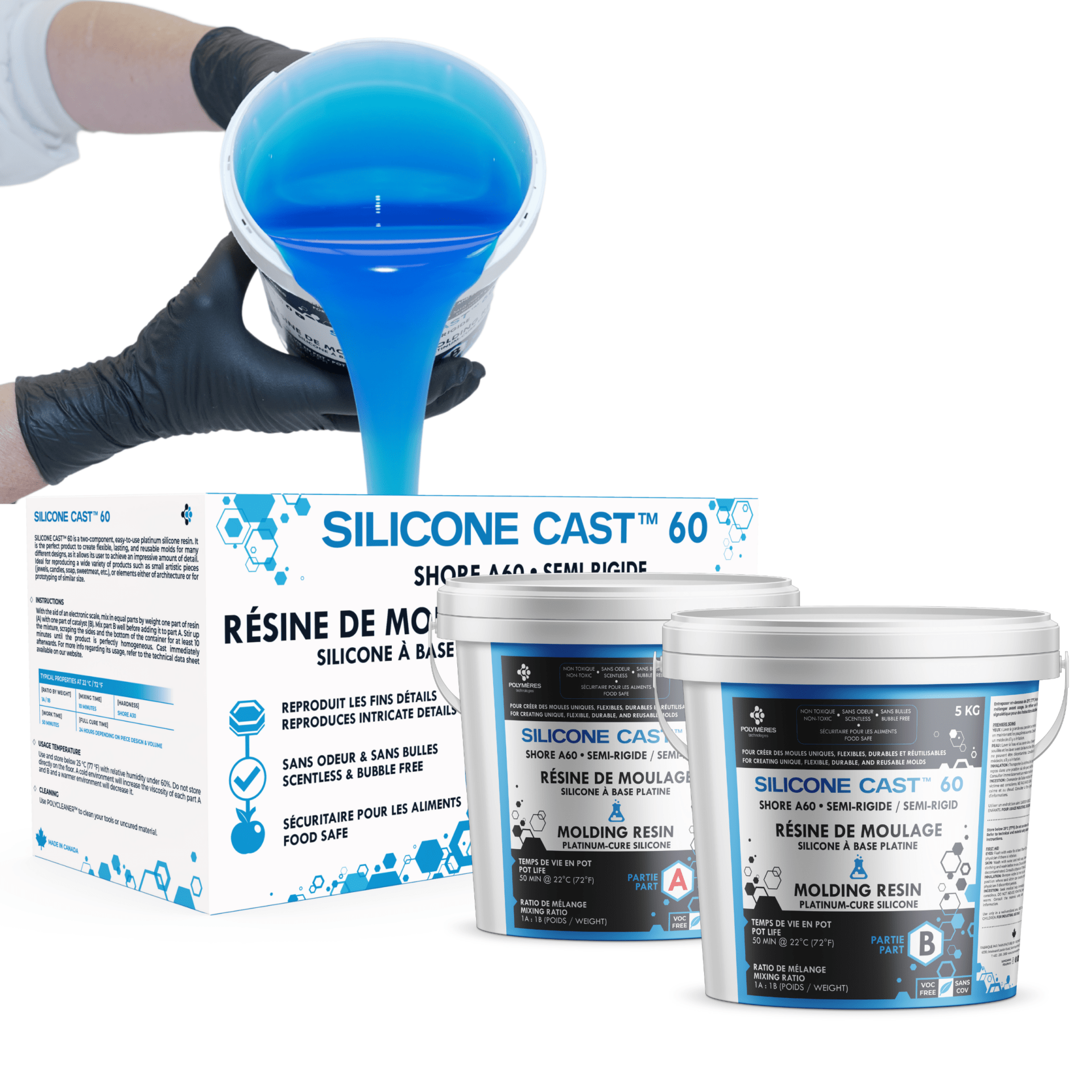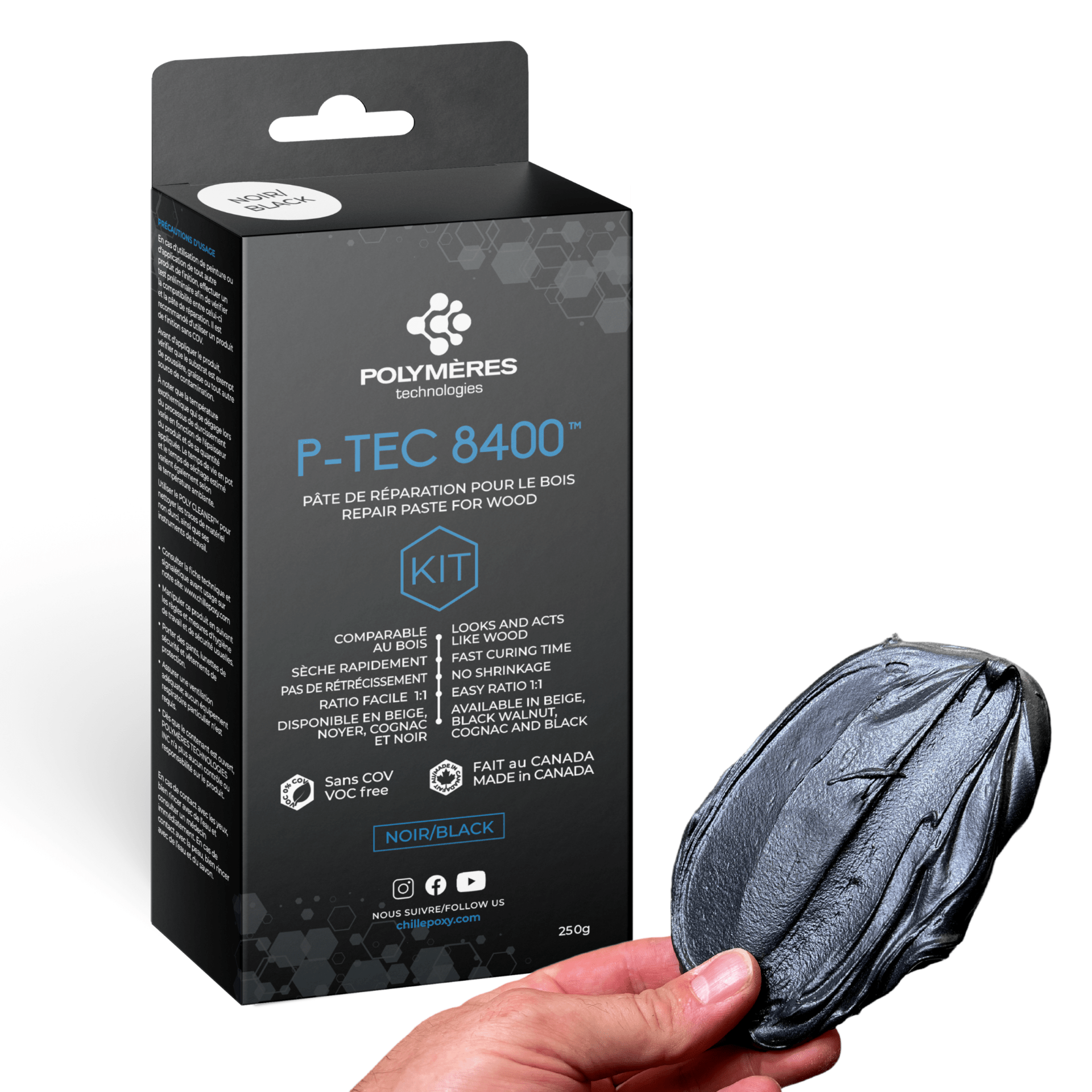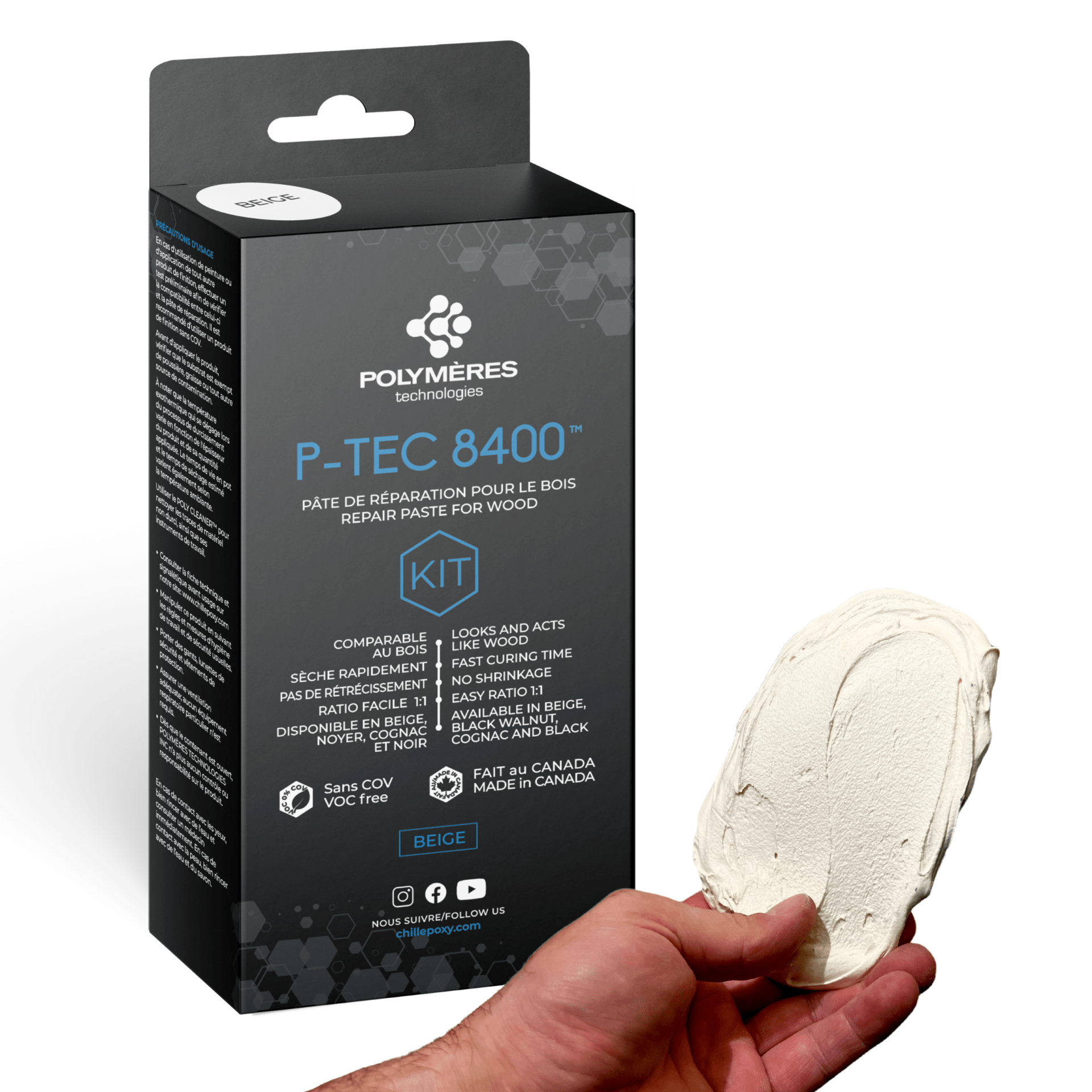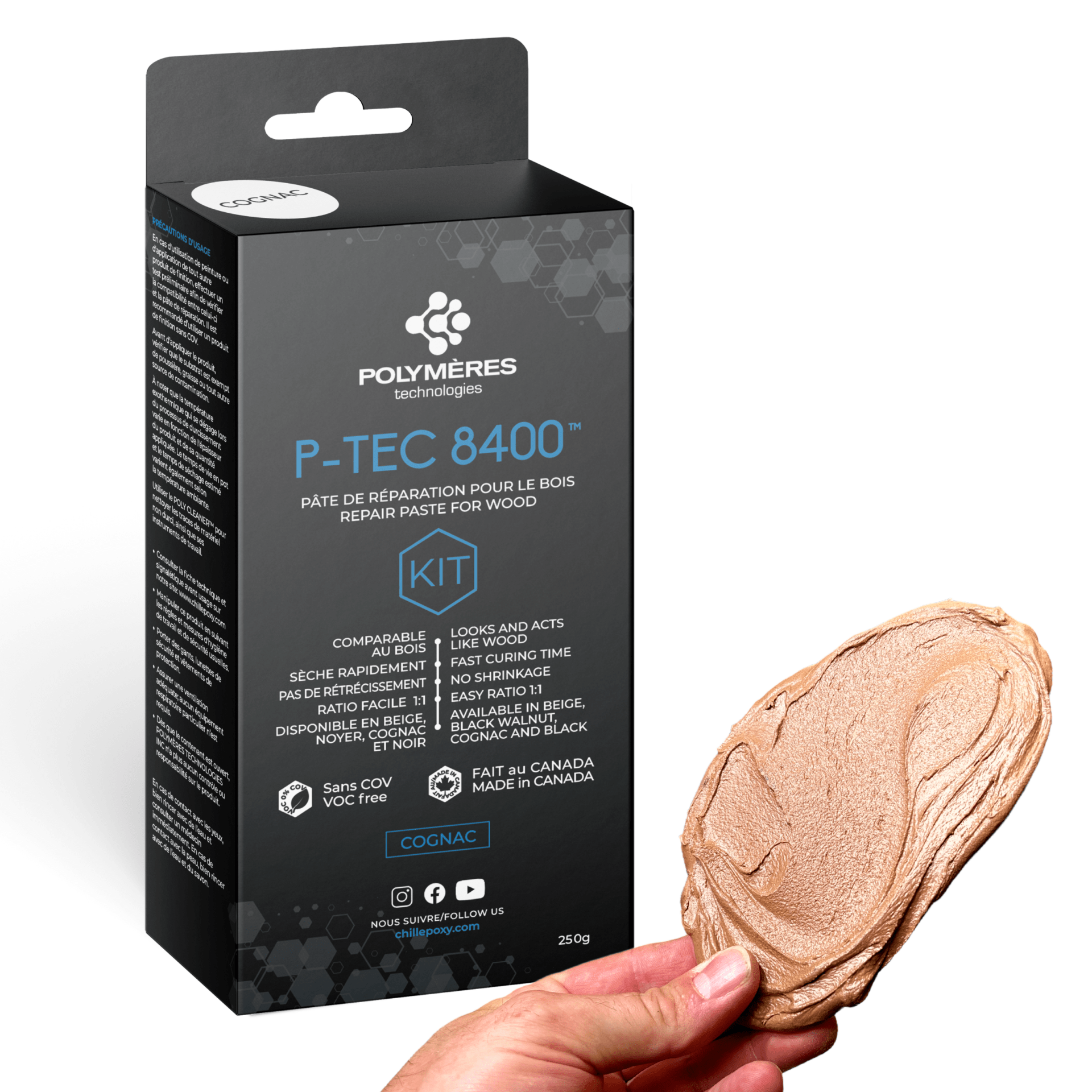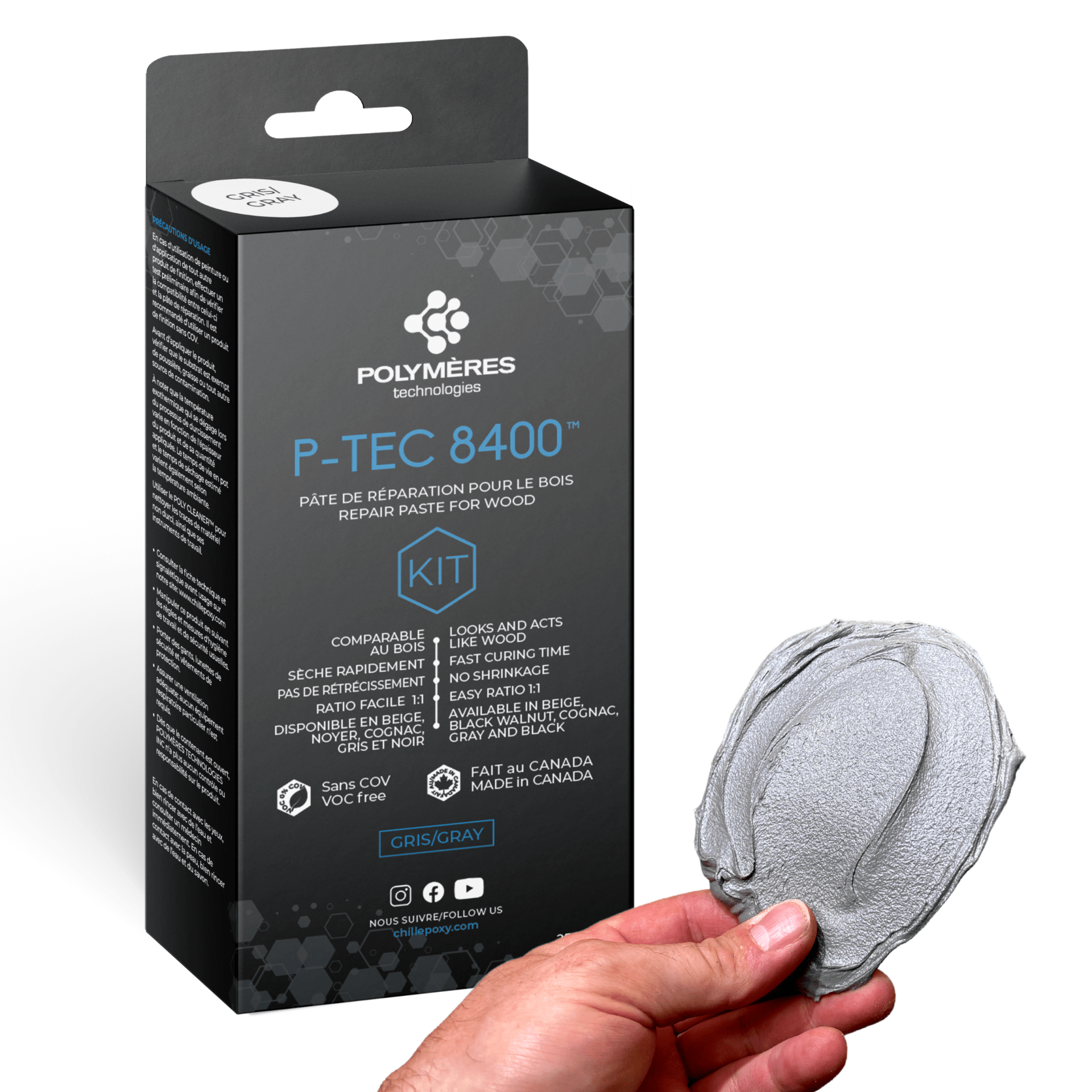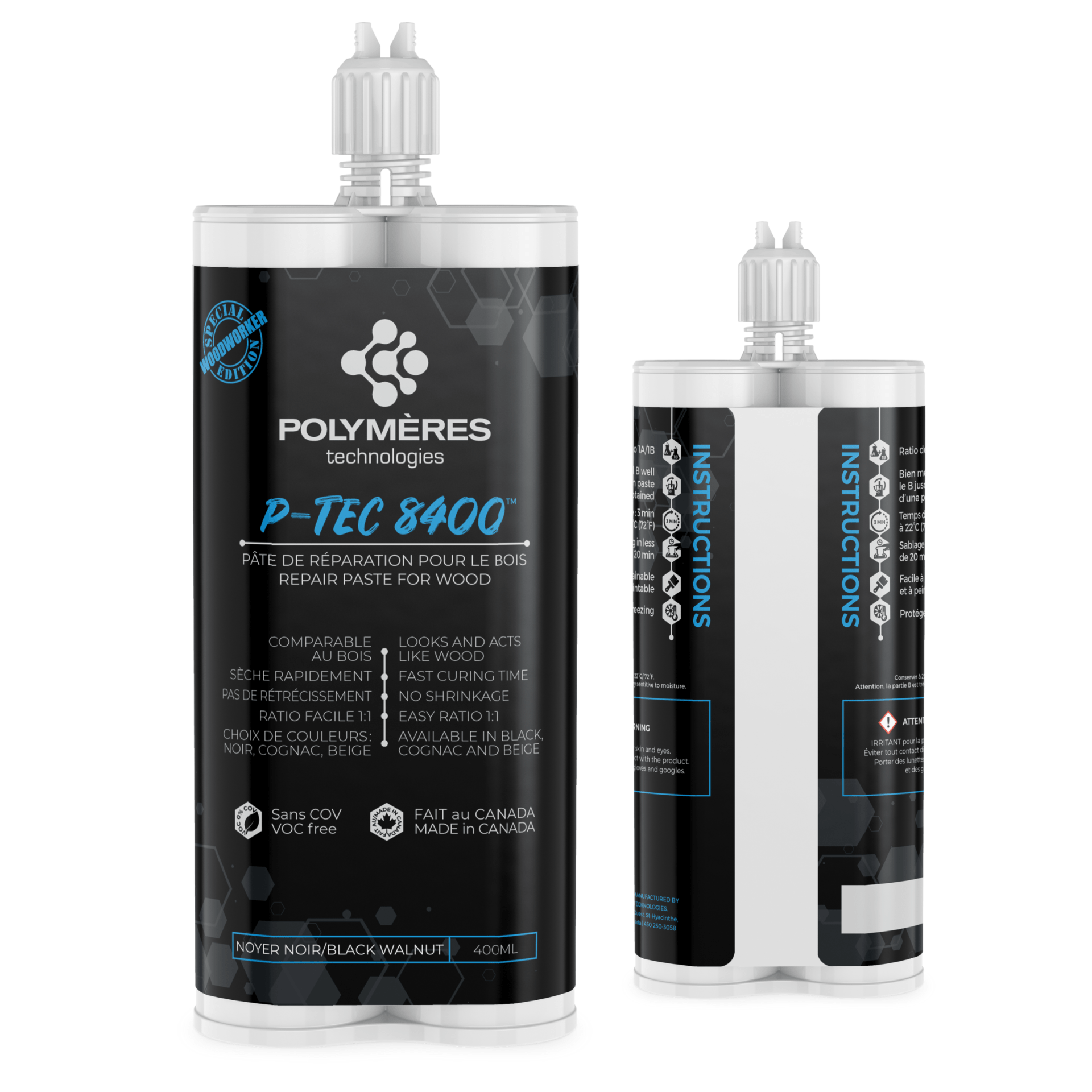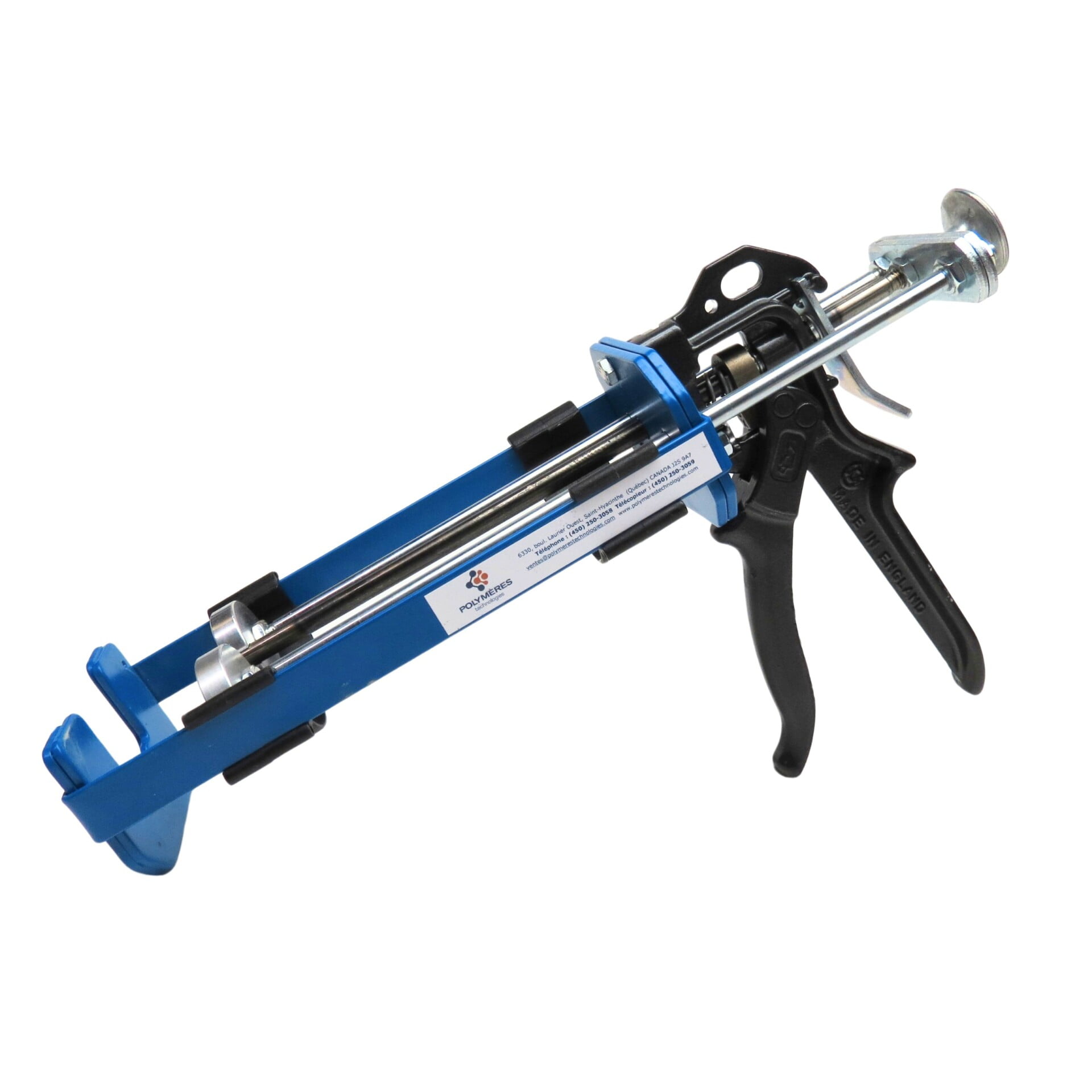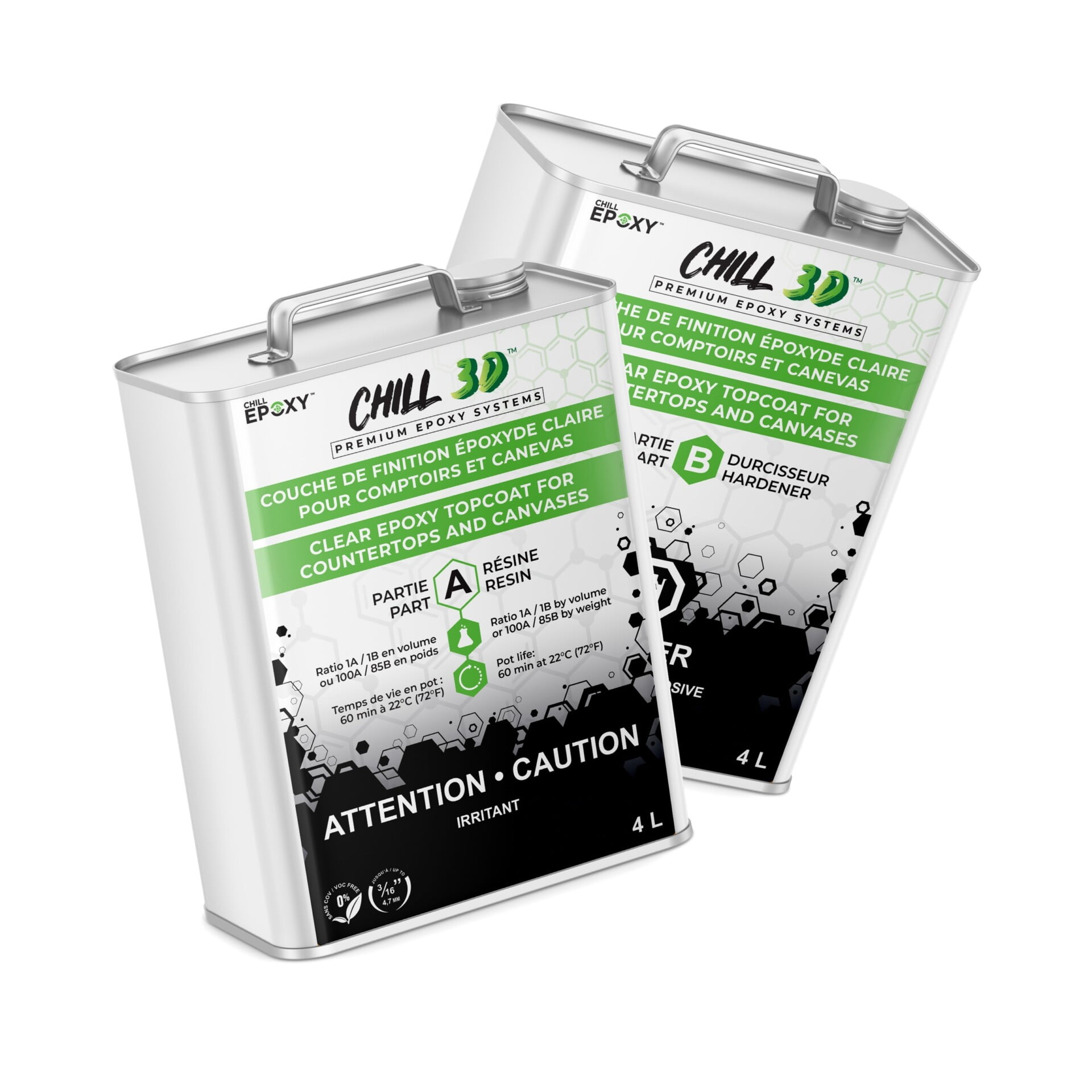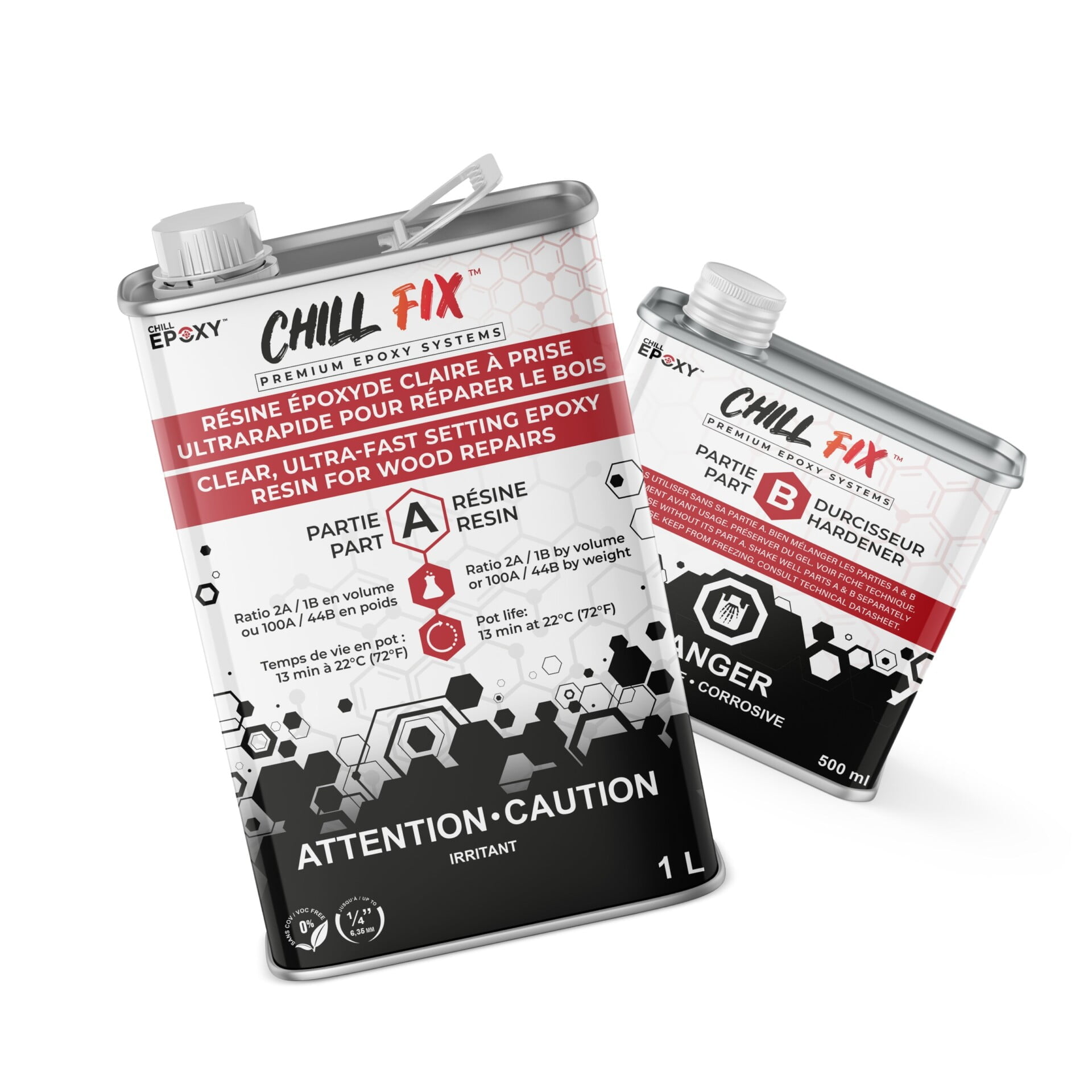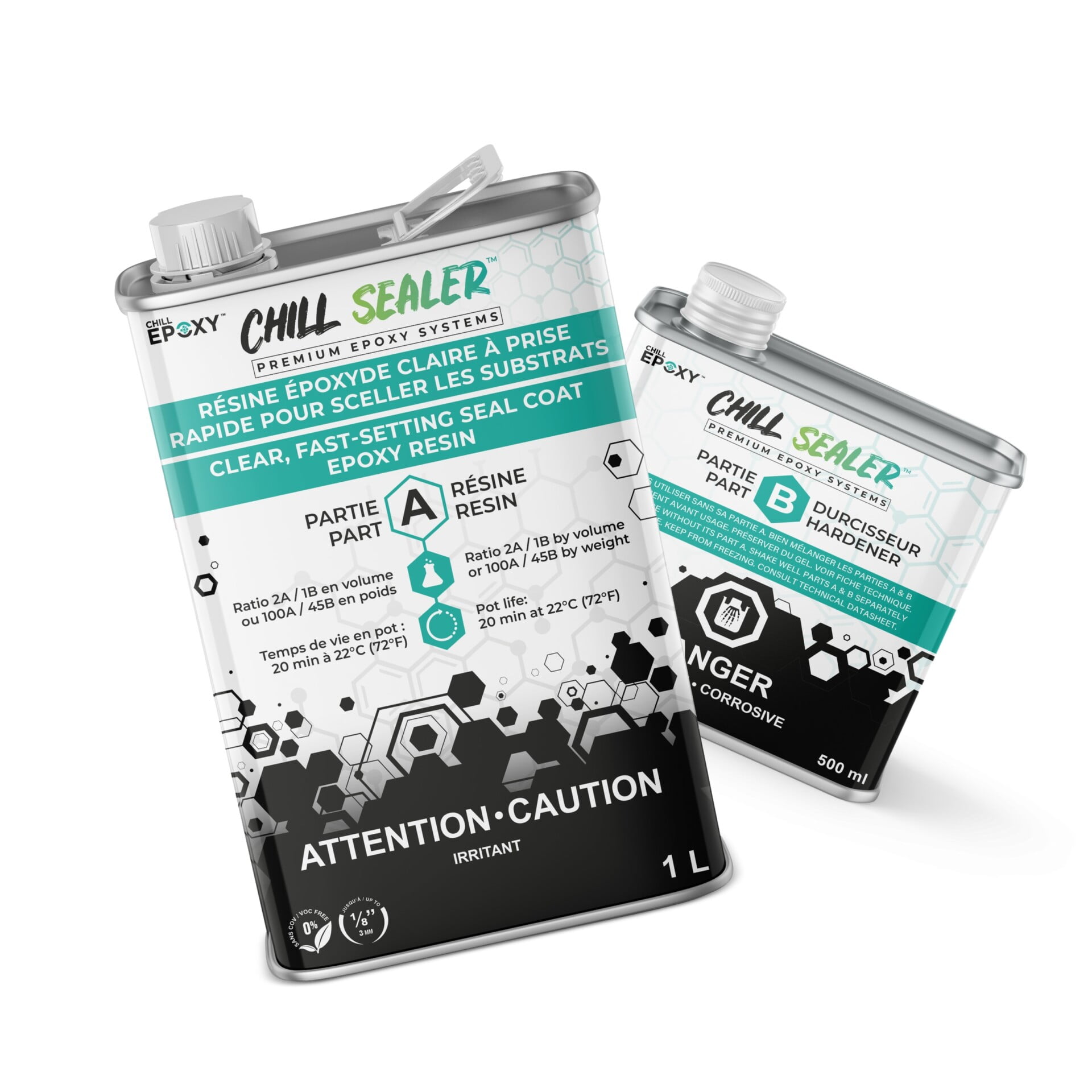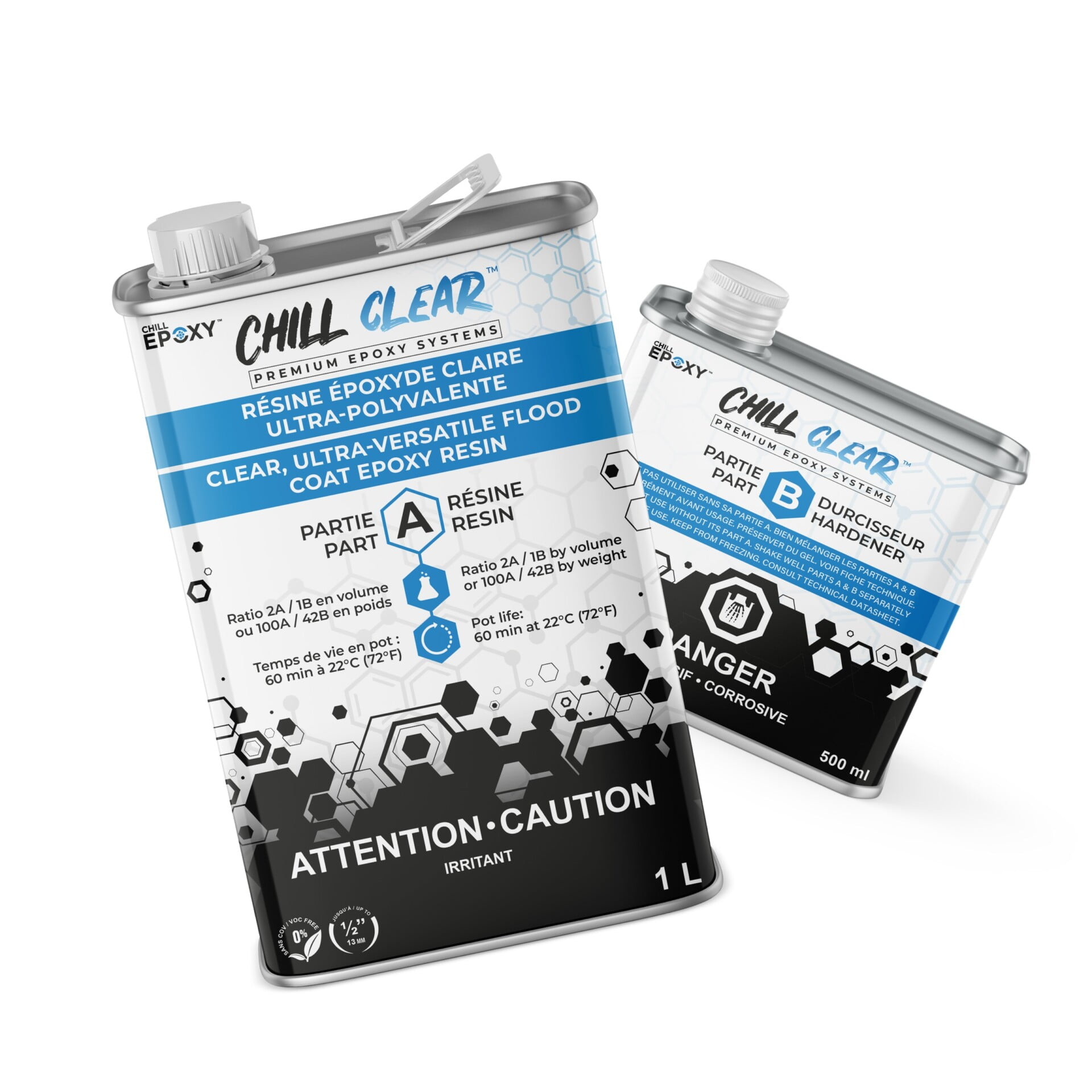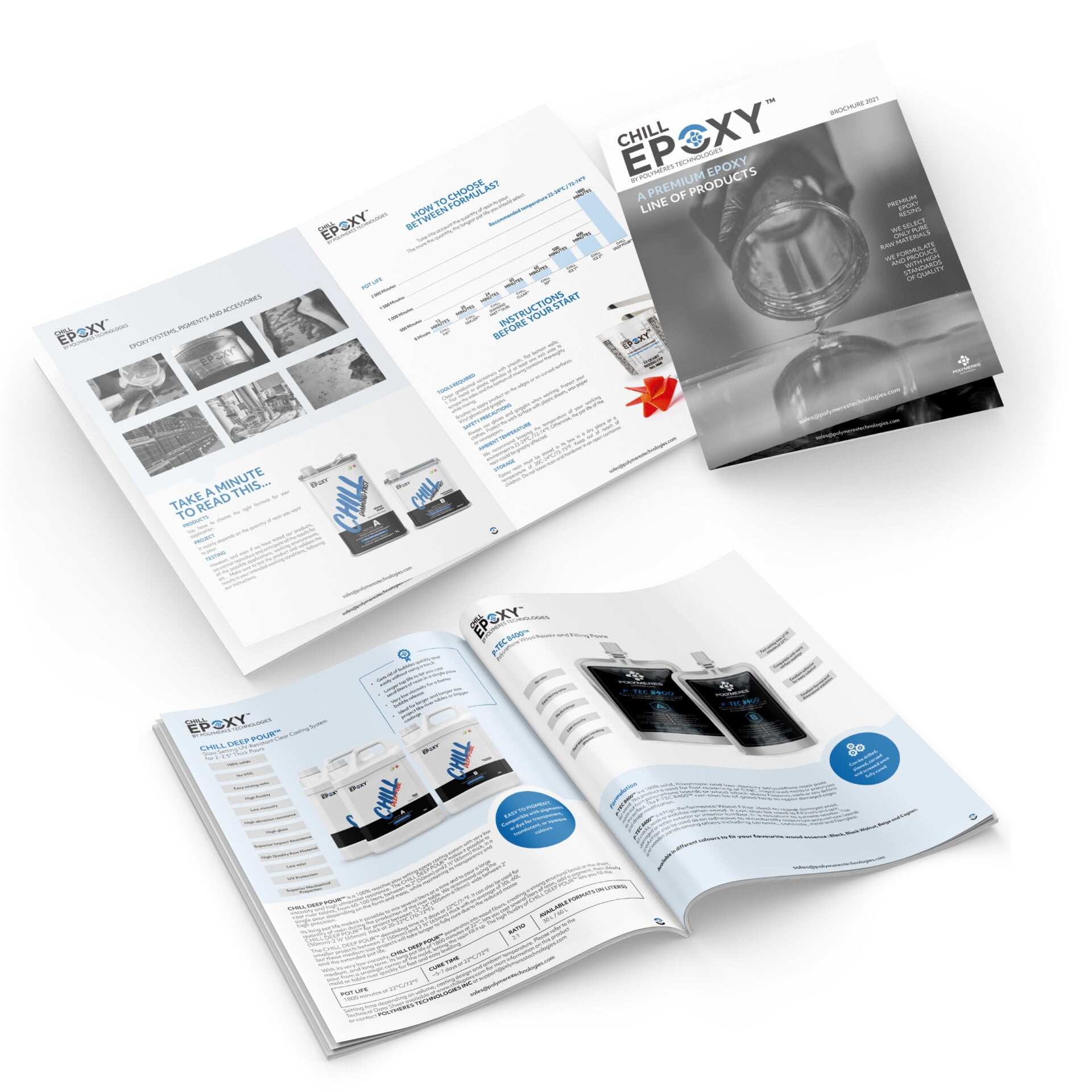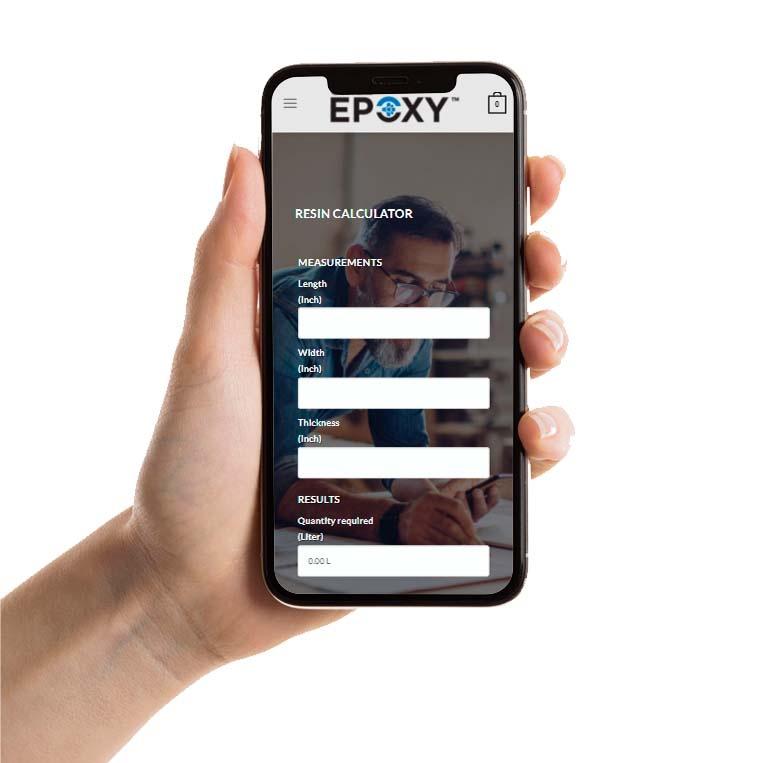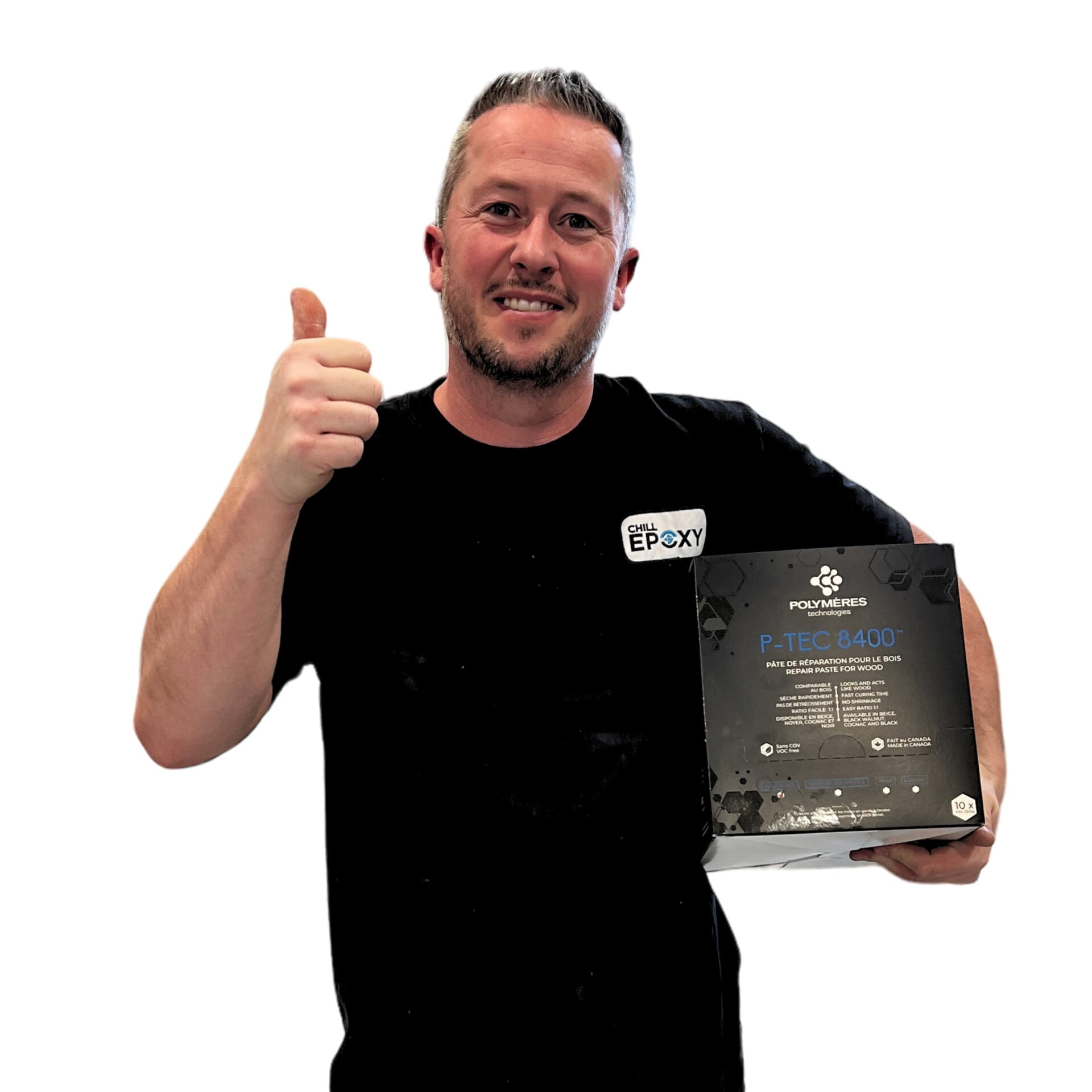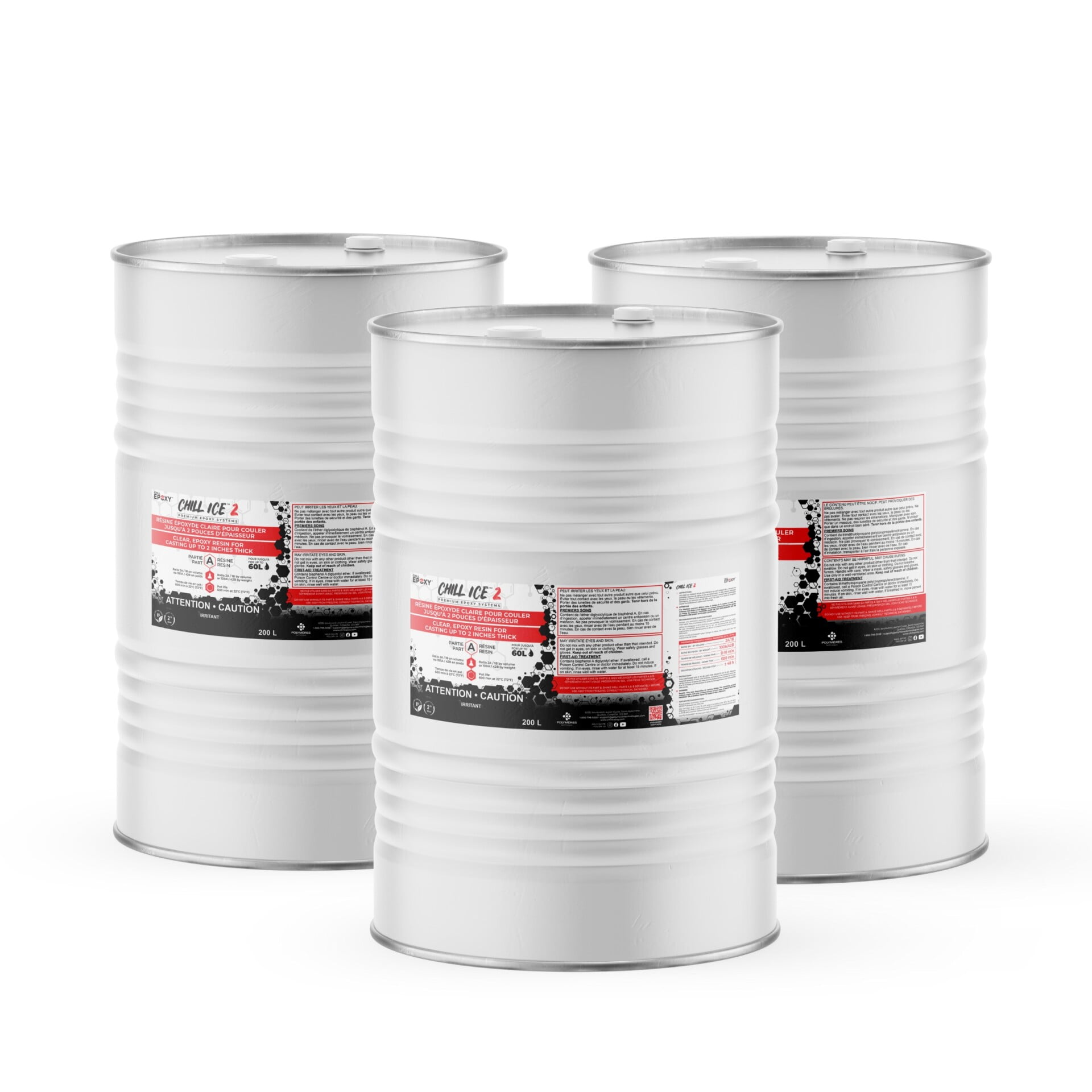Blog, CHILL EPOXY products
Best and Worst Deep Pour Epoxy For River Table
Discover the Top Epoxy for Deep Pour and River Table with Consideration for Viscosity and Pot Life
Deep pour and river table projects require an epoxy that can handle the demands of layering and create stunning, seamless finishes. However, not all epoxies are created equal. The viscosity and pot life are two important factors to consider when choosing the best epoxy for your project. In this article, we’ll take a closer look at the best epoxy options on the market and what makes them the ideal choice for your deep pour and river table projects.
“Finding the Right Viscosity for Your Deep Pour and River Table Project”
The viscosity of an epoxy is an important factor to consider when choosing the best epoxy for your project. The right viscosity will ensure that your epoxy flows smoothly and creates a seamless finish. Too thick, and you’ll struggle to pour it evenly, too thin and it won’t provide the necessary support. When looking for the best epoxy for deep pour and river table, consider the following options:
- CHILL ICE 1™ Ultra Clear Casting Epoxy Resin: CHILL ICE 1™ offers a low viscosity formula that is easy to work with and perfect for medium size projects such as coffee tables, deep pour and river table projects up to 1.5″ thick with a mass of 60L.
- CHILL ICE 2™ Ultra Clear Casting Epoxy Resin: This epoxy resin has a water-like viscosity, making it ideal bigger projects and commonly used for full 2″ thick river tables.
- TECHNO CAST™ Ultra Deep Pour 2-3″ : This epoxy resin has a water-like viscosity, making it perfect for deep pours. Formulated for bigger projects between 2-3″ thick in a single pour.
The importance of the Working Time.
Pot life is the amount of time you have to work with your epoxy before it starts to cure. It’s important to consider pot life when choosing the best epoxy for your project, as a longer pot life will give you more time to work with your epoxy and make adjustments if necessary. Consider the following options for the best epoxy for deep pour and river table with a longer pot life:
- CHILL ICE 1™: This epoxy resin offers a 400 minutes long pot life, giving you plenty of time to work with it and make any necessary adjustments.
- CHILL ICE 2™: This epoxy resin has a longer pot life of 600 minutes, making it ideal for deep pour and river table projects at 2″ thick.
- TECHNO CAST™: This UV resin offers an even longer pot life with 1800 minutes of working time, giving you plenty of control and time to work with it and make any necessary adjustments.
FAQs:
- What is the best epoxy for deep pour and river table projects? The best epoxy for deep pour and river table projects is one with the right viscosity and a longer pot life. Consider CHILL ICE 1, CHILL ICE 2 & TECHNO CAST™ Epoxy Casting Resins for the right viscosity and for a longer pot life.
- How does the viscosity of an epoxy affect my deep pour and river table project? The viscosity of an epoxy affects the flow and spread of the resin on your project. A low viscosity epoxy will flow smoothly and be easy to work with, while a thicker viscosity will provide more support but may be harder to work with. Choosing the right viscosity for your project will ensure a smooth and seamless finish.
- What is pot life and why is it important for deep pour and river table projects? Pot life is the amount of time you have to work with your epoxy before it starts to cure. A longer pot life will give you more time to make any necessary adjustments to your project, so it’s important to consider when choosing the best epoxy for your deep pour and river table. The best epoxy for deep pour and river table projects should have the right viscosity and a longer pot life. Consider CHILL ICE 1, CHILL ICE 2 & TECHNO CAST™ Crystal Clear Epoxy Resins. With these top picks, you’ll be able to create stunning, seamless finishes on all your deep pour and river table projects.
Best Epoxy Resin for River Tables and thicker projects
In recent years, the production of epoxy resin tables by woodworkers has become a global trend. Made from noble woods such as maple or black walnut and combined with the appropriate epoxy resin, you can create a river table according to your tastes.
However, you should only approach a project of this size with the experience and the right epoxy resin to complete this type of large project. That’s why we always recommend starting with a smaller project like coasters, a charcuterie board, or a small pour. It is important to be familiar with the mixing process, resin ratio, wood preparation and casting environment. Each of these steps, if neglected, can lead to poor results.
In addition, the preparation of the wooden parts as well as the creation of a mold for the epoxy resin casting are very time consuming. Depending on the format of your mold, you may need several tens of liters of epoxy resin. The thicker your wood, the more resin you will need. The thickness and width of your river table (epoxy section) also determine the type of casting resin you will need to use.
After all, not all casting resins can be used equally and without problems. It is important to understand that to cast in thickness you must use a slower resin with a longer pot life. This will allow you to cast in thickness without overheating the resin.
Beginners often make the mistake of simply wanting to use cheap resin with a short pot life to build an epoxy resin river table themselves. For the manufacture of a river table, it is essential to use a quality resin with the right pot life, UV resistance, quality raw material, low viscosity and clarity. To have this type of characteristics, it is impossible to use a cheap resin at a low price. The manufacture of quality resin with raw materials from the 4 largest manufacturers is an expensive process. The majority of quality resins are found in the more expensive price spectrum.
Just as often, however, the wood, resin and workplace are adversely affected due to the heat development associated with the exothermic reaction. This undesirable reaction is often obtained by the use of a cheap resin qualified as “DEEP POUR” resin but with a rather short pot life. Many companies are using this now popular term to sell more resin without having the knowledge and technology. Often these companies are not manufacturing companies and usually package and label a product from Asia.
In order to prevent damage and dangers of this kind, it is therefore best to have both the necessary patience and the necessary investment in a casting resin of sufficient quality for such a project. However, even with high-quality products, you will need to choose the right resin for the right project.
Best Epoxy for Deep Pour and River Table: Choosing the Right Properties
When creating an epoxy table, choosing the right epoxy resin is crucial for a successful project. The thickness and mass to be cast, the pot life, and the quality of raw materials are all important properties to consider when making your selection.
- Consider the Dimensions: The thickness and mass of your project are important factors when choosing the right epoxy resin. The thicker the project, the lower the heat generation should be to prevent overheating. This will allow you to pour larger quantities in a single casting.
- Longer Pot Life: A longer pot life is beneficial because it allows air bubbles to rise and escape over a longer period of time. A pot life of 600 minutes or more will allow for thicknesses of 2 inches in a single pour.
- Quality Raw Materials for UV Protection: Choosing an epoxy resin made with high-quality raw materials will provide better protection against yellowing over time.
Our Recommendations: CHILL ICE 2 and TECHNO CAST™ Slow Setting Epoxy Resins
The high-quality “DEEP POUR” systems such as CHILL ICE 2 and TECHNO CAST™ (2:1 ratio) are ideal for pouring large quantities and layer thicknesses of up to 2 inches (CHILL ICE 2) and 2.5 inches (TECHNO CAST™). These products are perfect for creating an Epoxy River Table and allow you to pour larger quantities without any overheating problems thanks to their adapted and controlled heat release.
Our “DEEP POUR” epoxy resins are already equipped with an effective UV filter, ensuring that the attractive transparency is maintained for a long time and that yellowing is minimized. These resins are also formulated to facilitate the penetration of wood, filling fine cracks with their low viscosity to provide superior mechanical strength.
The sometimes problematic air bubbles can easily escape on their own, so extra work to remove them is not necessary. Given the high quality of these products, the slightly higher price category compared to some other options is justified and reasonable. The better quality will result in a better outcome, more easily achieved.
In conclusion, choosing the right epoxy resin for your deep pour and river table project is crucial for success. Consider the dimensions of your project, the pot life, and the quality of raw materials when making your selection. CHILL ICE 2 and TECHNO CAST™ Slow Setting Epoxy Resins are our top recommendations for a high-quality, successful project.
Worst Epoxy Resin for deep pour and River tables
The worst epoxy resin for deep pour projects would likely be one that has low quality raw materials, short pot life, high viscosity, and a tendency to yellow over time. This type of resin would result in poor clarity, difficulty in removing air bubbles, and a harder finish that may not be ideal for a deep pour project. It is always recommended to use a high quality resin with a longer pot life, low viscosity, and good UV resistance to ensure the best results for your deep pour project.
Cheap epoxy resins often result in cheap and unsatisfactory outcomes in the short, medium and long term. This will be seen in yellowing, stress failure, cracks, color changes of pigments and more. This is because the quality of epoxy resins is directly linked to the quality of the raw materials used to produce them. The production of high-quality raw materials requires a much greater investment and can be two to three times more expensive than lower quality materials.
As a result, when purchasing an epoxy resin, a low price can be a warning sign of lower quality. The lower the price, the higher the viscosity is likely to be, with more impurities in the raw materials and a simpler formula made up of only a few, cheaper ingredients. To cut costs, some manufacturers may even add cheap diluents to the formula, compromising the final product.
On the other hand, high-quality epoxy resins are produced using premium raw materials, providing improved clarity, less yellow hue, lower viscosity, and increased hardness. While the initial investment may be higher, the end result is a much more superior product that will provide better results, increased durability, and a longer lifespan.


